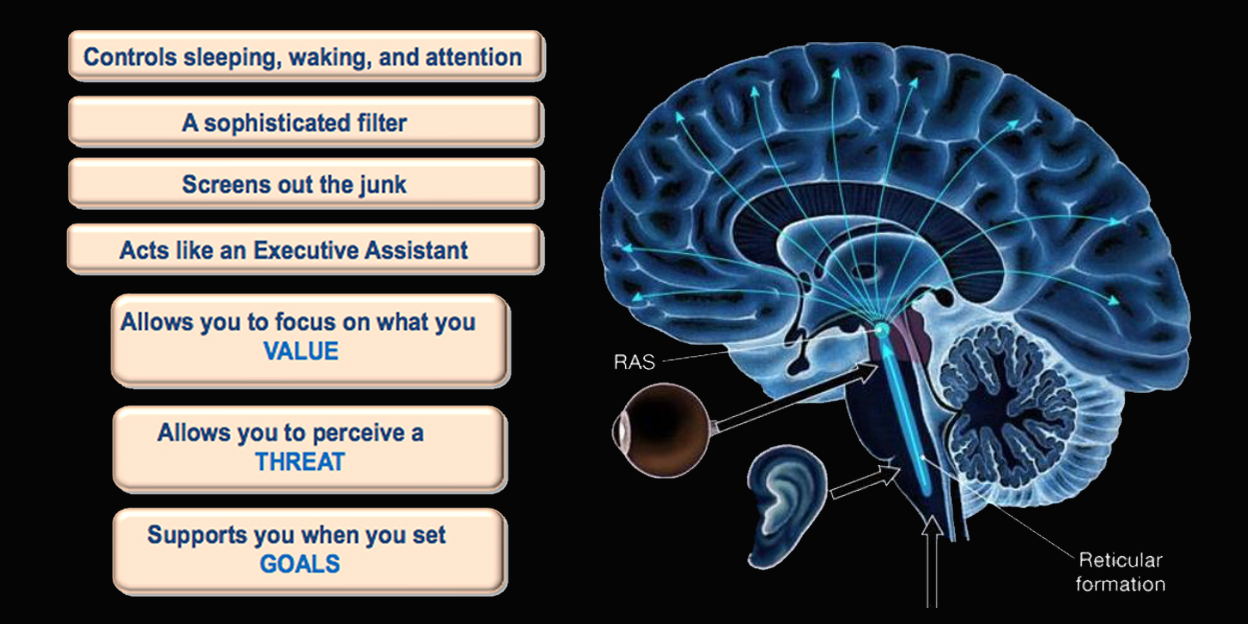Every day we consume a part of our time browsing social networks. We can get hooked for hours scrolling, watching videos or posts one after another, enchanted by that genie in the lamp called algorithm who pleases us again and again by showing us what we like to see. But did you know that we have our own algorithm?
So, What Is An Algorithm?
To simplify, I will say that an algorithm is something similar to a flow chart, that is, a procedure or set of steps ordered to solve a problem. Social networks create their algorithms to distribute their content by analyzing what they call “user preferences” In this way, they determine the frequency and targeted audience to show a publication. That’s why every time networks modify their algorithm, influencers and content creators are affected.
Not only do social networks have algorithms that manage them, but we also have our internal algorithm that works similarly to that of the networks, directing our attention to what we like or are familiar with and avoiding what it assumes is a risk or danger. That internal algorithm is the RAS, Reticular Activating System.
Our Internal Algorithm
The Reticular Activating System is a neural network located at the base of our brain in the brain stem, among its tasks are regulating wakefulness and other functions related to survival, but there is one that acts as an algorithm: to filter the information we perceive and process. RAS saves us a lot of energy that we would otherwise waste overwhelmed by the bombardment of information to which we are exposed all the time.
Just as social networks use user preferences to display their content, the RAS directs our attention to what it assumes are our likes, showing us what is familiar and known to us or what we are looking for. Therefore, when we want to buy a specific car model, we see it all the time everywhere. Or if we plan to go on a trip, we receive information about the place where we want to go without looking for it.
But just as it shows us our desires, it also shows us our fears, because it doesn’t discern, unless there is a threat to survival. A repetitive negative thought becomes a habit, and therefore it is something familiar and the RAS sees it as something natural. Hence, if we are not happy with what we experience or perceive, it is best to start transforming our beliefs and changing habits. By changing habit, we change the neural connections by modifying the commands of the Reticular Activating System, having access to information that even was there, we didn’t perceive it.
To change a habit that we no longer want, there are many ways such as visualization, consuming information and foods that nourish us, affirmations, etc. There are abundant techniques on the internet where we can find the one that best resonates with you.
Let’s check what our internal algorithm is showing us, it may be time to empty the trash and restart our system.
E.T.



